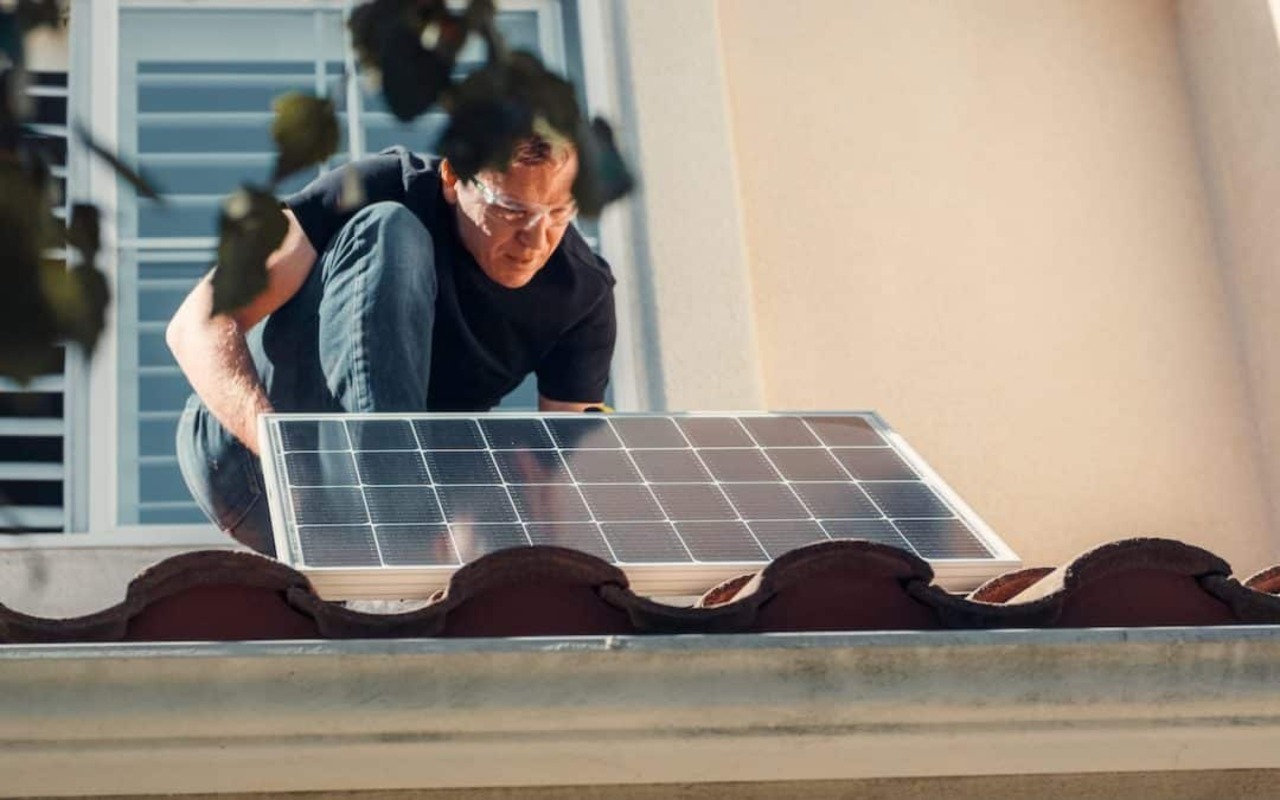

Articles
How To Store Solar Energy At Home
Modified: October 20, 2024
Learn how to efficiently store solar energy at home with our informative articles. Discover the latest techniques and solutions to maximize renewable energy usage.
(Many of the links in this article redirect to a specific reviewed product. Your purchase of these products through affiliate links helps to generate commission for Storables.com, at no extra cost. Learn more)
Introduction
In recent years, there has been a growing interest in renewable energy sources, with solar power being one of the most popular and widely adopted options. Solar energy offers a clean and sustainable way to generate electricity, reducing our dependence on fossil fuels and minimizing harm to the environment. However, one of the challenges of solar power is its intermittent nature, as it relies on the availability of sunlight.
To address this issue, homeowners and businesses are turning to solar energy storage solutions, which allow them to store excess energy produced during peak times and use it when sunlight is limited or unavailable. Solar energy storage not only helps to ensure a consistent and reliable energy supply but also allows for greater independence from the grid and encourages self-sufficiency.
In this article, we will explore the benefits of storing solar energy at home, the different types of solar energy storage systems available, and the factors to consider when choosing the right system for your needs.
Key Takeaways:
- Embracing solar energy storage at home offers benefits such as energy independence, cost savings, and environmental sustainability, contributing to a greener future and reliable energy supply.
- Choosing the right solar energy storage system involves considering factors like energy storage needs, battery technology, system capacity, cost, and integration with existing solar panels, with professional guidance being essential for informed decisions.
Read more: How To Build A Solar Water Heater
Benefits of Storing Solar Energy at Home
Storing solar energy at home offers numerous advantages for homeowners and the environment. Let’s take a closer look at some of the key benefits:
- Energy Independence: Having a solar energy storage system allows homeowners to become more self-reliant and less dependent on the grid. By storing excess energy generated by their solar panels, they can use it during times when sunlight is limited or during power outages, reducing their reliance on traditional electricity sources.
- Cost Savings: Storing solar energy enables homeowners to maximize the benefits of their solar panels by utilizing the electricity they generate more effectively. By using stored energy during peak demand times, homeowners can reduce their reliance on expensive grid electricity, resulting in significant cost savings on their energy bills.
- Environmental Benefits: Solar energy storage plays a crucial role in reducing carbon emissions and combating climate change. By storing excess solar energy and utilizing it when needed, homeowners can minimize their reliance on fossil fuels, decreasing their carbon footprint and contributing to a healthier and more sustainable environment.
- Grid Stabilization: Solar energy storage systems provide an opportunity to enhance grid stability. By storing excess solar energy during low usage times and using it during periods of high demand, homeowners can help maintain a balanced energy supply and reduce strain on the grid, ultimately benefiting the entire energy infrastructure.
- Energy Management: With solar energy storage, homeowners have greater control over their energy usage and management. They can choose when to charge and discharge their storage systems based on electricity rates, ensuring maximum efficiency and optimizing their energy consumption.
Overall, storing solar energy at home brings a range of benefits, including energy independence, cost savings, environmental sustainability, grid stability, and improved energy management. As solar technology continues to advance, the benefits of solar energy storage systems are further amplified, making them an attractive option for homeowners looking to make the most of their solar power investments.
Types of Solar Energy Storage Systems
There are several types of solar energy storage systems available on the market, each with its own set of advantages and considerations. Let’s explore some of the most common types:
- Lead-Acid Batteries: Lead-acid batteries are one of the oldest and most widely used types of batteries for solar energy storage. They are relatively inexpensive and have a long lifespan. However, they tend to be bulkier and heavier compared to other battery technologies, require regular maintenance, and have a limited depth of discharge.
- Lithium-Ion Batteries: Lithium-ion batteries are becoming increasingly popular for solar energy storage due to their high energy density, longer lifespan, and lower maintenance requirements. They are lightweight, compact, and can handle deep discharge cycles. Although they are more expensive than lead-acid batteries, their efficiency and performance make them a preferred choice for many homeowners.
- Flow Batteries: Flow batteries store energy in liquid electrolytes stored in separate tanks. They offer the advantage of being able to scale up the system capacity by simply adding more electrolytes. Flow batteries have a long lifespan and can withstand deep discharge cycles. However, they tend to be more expensive and have lower energy density compared to lithium-ion batteries.
- Flywheel Energy Storage: Flywheel energy storage systems use the mechanical energy of a spinning flywheel to store and release energy. They provide fast response times, high efficiency, and a long lifespan. However, they are generally more suitable for short-term energy storage solutions and may not be practical for long-duration needs.
- Thermal Energy Storage: Thermal energy storage systems store excess solar energy in the form of heat. This heat can then be used for space heating, water heating, or other thermal applications. Thermal energy storage systems offer high efficiency and can store energy for extended periods. However, they require proper insulation and are limited to heat-based applications.
It’s important to consider factors such as cost, lifespan, efficiency, and specific energy storage requirements when choosing a solar energy storage system. The selection should be based on individual needs, available space, and budget constraints. Consulting with a qualified solar energy professional can help guide homeowners in selecting the most suitable system for their unique circumstances.
Lead-Acid Batteries
Lead-acid batteries have long been used as a reliable option for solar energy storage. They are affordable, widely available, and offer a relatively long lifespan with proper maintenance. Let’s delve deeper into the characteristics and considerations of lead-acid batteries:
1. Cost: One of the significant advantages of lead-acid batteries is their affordability. They are relatively inexpensive compared to other battery technologies, making them an appealing choice for homeowners on a budget.
2. Lifespan: With proper maintenance and regular care, lead-acid batteries can last between 5 to 10 years. However, their lifespan can be affected by factors such as temperature fluctuations, depth of discharge, and charging practices.
3. Maintenance: Lead-acid batteries require regular maintenance to ensure optimal performance. This includes monitoring the electrolyte levels, checking for corrosion, and equalizing the battery cells periodically. It is important to follow manufacturer guidelines for maintenance and safety precautions.
4. Depth of Discharge: Lead-acid batteries have a limited depth of discharge (DoD), which means they should not be discharged beyond a certain percentage of their capacity to prolong their lifespan. Deep discharges can significantly reduce the battery’s overall performance and shorten its lifespan.
5. Efficiency: Lead-acid batteries have lower energy density compared to other battery types, which affects their overall efficiency. They may require more frequent charging and discharging cycles to meet energy demands, resulting in slightly higher energy losses.
6. Size and Weight: Lead-acid batteries tend to be bulkier and heavier compared to other battery technologies. This may require more space for installation and can make transportation and handling more challenging.
Lead-acid batteries are a reliable and cost-effective solution for storing solar energy at home. They are well-suited for applications where space and weight constraints are not significant factors. However, it’s essential to carefully monitor and maintain lead-acid batteries to ensure their longevity and optimize their performance. Considering factors such as size, weight, capacity, lifespan, and specific energy storage requirements can help homeowners determine if lead-acid batteries are the right choice for their solar energy storage needs.
Lithium-Ion Batteries
Lithium-ion batteries have gained popularity in recent years as an advanced and efficient option for solar energy storage. They offer numerous advantages over traditional lead-acid batteries, making them an appealing choice for homeowners. Here are some key aspects to consider when evaluating lithium-ion batteries for solar energy storage:
1. High Energy Density: Lithium-ion batteries have a high energy density, meaning they can store more energy in a smaller and lighter package compared to lead-acid batteries. This makes them a space-saving solution and allows for greater flexibility in system design and installation.
2. Longer Lifespan: Lithium-ion batteries typically have a longer lifespan compared to lead-acid batteries. With proper maintenance and care, they can last up to 10-15 years, providing reliable energy storage for an extended period.
3. Minimal Maintenance: Unlike lead-acid batteries, lithium-ion batteries require minimal maintenance. There is no need for regular water topping-up or equalization charging. This makes them more convenient for homeowners and reduces the overall lifetime cost of the system.
4. Deep Discharge Capability: Lithium-ion batteries can be discharged to a much greater extent without significantly affecting their performance or lifespan. They allow for higher depth of discharge (DoD), providing homeowners with more usable energy and the ability to fully utilize the storage capacity of the battery.
5. Higher Efficiency: Lithium-ion batteries offer higher efficiency compared to lead-acid batteries. They have lower self-discharge rates and higher charging and discharging efficiency, enabling homeowners to make the most of their stored energy and maximize overall system performance.
6. Cost Consideration: While lithium-ion batteries tend to be more expensive upfront compared to lead-acid batteries, their longer lifespan and higher efficiency can make them a cost-effective choice in the long run. Additionally, falling prices and advancements in technology have contributed to the increasing affordability of lithium-ion batteries.
Overall, lithium-ion batteries are an excellent option for solar energy storage due to their high energy density, long lifespan, minimal maintenance requirements, deep discharge capability, and higher efficiency. They provide homeowners with a reliable and efficient solution to store excess solar energy and maximize the benefits of their solar power system. However, it’s important to consider the specific energy storage needs, budget constraints, and individual circumstances when determining the best battery option for a home solar energy storage system.
Read more: How To Make A Solar Space Heater
Flow Batteries
Flow batteries are an innovative type of energy storage system that holds promise for solar energy applications. These batteries operate by storing energy in liquid electrolytes stored in separate tanks. Here are some important aspects to consider when exploring the potential of flow batteries for solar energy storage:
1. Scalability: One of the key advantages of flow batteries is their scalability. Unlike other battery technologies, flow batteries allow users to increase the system’s capacity by simply adding more electrolytes. This makes them an attractive option for applications requiring larger storage capacities.
2. Longevity: Flow batteries are known for their long lifespan. With proper maintenance and usage, they can last for decades. This makes them a durable and reliable solution for long-term energy storage needs, minimizing replacement and maintenance costs over time.
3. Deep Discharge: Flow batteries can be discharged to a high depth of discharge (DoD) without compromising their performance or lifespan. This means that homeowners can utilize a larger portion of the stored energy, increasing overall system efficiency and maximizing the benefits of their solar power system.
4. Energy Density: Flow batteries typically have lower energy density compared to other battery types, such as lithium-ion batteries. This means that they require more space for installation and may have a larger physical footprint. Homeowners should consider the available space before opting for a flow battery system.
5. Cost-effectiveness: Flow batteries tend to have a higher upfront cost compared to traditional battery technologies, such as lead-acid or lithium-ion batteries. However, their long lifespan, scalability, and potential for low maintenance costs can offset the initial investment, making them cost-effective in the long run.
6. Applications for Large-scale Storage: While flow batteries can be used on a residential scale, they are particularly suitable for large-scale energy storage applications, such as grid-level storage or commercial use. Their scalability and long lifespan make them an ideal choice for utility-scale projects that require high-capacity energy storage.
Flow batteries provide an innovative and versatile solution for solar energy storage, offering scalability, longevity, deep discharge capabilities, and potential cost-effectiveness. However, homeowners should consider factors such as energy density, available space, initial investment, and specific energy storage requirements before determining if flow batteries are the right choice for their solar energy storage needs.
Consider investing in a solar battery storage system to store excess energy generated by your solar panels during the day for use at night. This can help you reduce your reliance on the grid and save money on your energy bills.
Flywheel Energy Storage
Flywheel energy storage is a unique and alternative method of storing solar energy. It operates by harnessing the mechanical energy of a spinning flywheel to store and release energy as needed. Here are some important aspects to consider when evaluating flywheel energy storage for solar energy:
1. Fast Response Times: Flywheel energy storage systems offer extremely fast response times, making them suitable for applications that require quick and reliable energy delivery. They can rapidly store or release energy, allowing for near-instantaneous power output when needed.
2. High Efficiency: Flywheel systems are highly efficient, with energy loss typically limited to minimal frictional losses. This means that a significant amount of the energy stored in the flywheel can be effectively retrieved and utilized, resulting in improved overall system efficiency.
3. Long Lifespan: Flywheel systems have a long lifespan, often lasting over 20 years with proper maintenance. This longevity makes them a durable and reliable option for long-term energy storage needs.
4. Limited Energy Storage Duration: Flywheel systems are generally more suitable for short-duration energy storage needs due to their design. They are most effective in applications that require energy storage for minutes to several hours, making them a viable solution for powering critical equipment during short power outages or stabilizing power grids during load fluctuations.
5. Mechanical Components: Flywheel energy storage systems consist of mechanical components such as a spinning rotor, bearings, and a vacuum enclosure. While modern flywheel systems are designed to operate smoothly and safely, the presence of moving mechanical parts should be taken into consideration for maintenance and safety requirements.
6. Space and Weight Considerations: Flywheel systems can be bulky and heavy due to the need for a substantial rotor and housing. This can require dedicated space for installation and may pose challenges in terms of transportation and installation logistics.
Flywheel energy storage technology offers unique advantages, such as fast response times, high efficiency, and a long lifespan. While they may not be suitable for long-duration energy storage, they excel in applications that require rapid energy delivery and short-term power backup. Evaluating factors such as energy storage duration requirements, available space, and specific energy needs can help homeowners determine if flywheel energy storage is the right fit for their solar energy storage system.
Thermal Energy Storage
Thermal energy storage (TES) is a method of storing solar energy by capturing and storing heat for later use. It offers a unique way to utilize solar energy for various applications. Let’s explore some key aspects of thermal energy storage:
1. Heat Storage: Thermal energy storage systems capture excess heat generated from solar panels and store it for future use. This stored heat can be used for space heating, water heating, and other thermal applications, reducing the need for conventional heating methods.
2. High Efficiency: Thermal energy storage systems can achieve high efficiency in storing and utilizing heat energy. They offer the advantage of retaining heat over an extended period, allowing homeowners to utilize the stored heat when needed, thereby increasing overall system efficiency.
3. Energy Storage Duration: Thermal energy storage systems are suitable for long-duration energy storage. They can store heat for hours or even days, providing a consistent and reliable source of thermal energy.
4. Application Flexibility: Thermal energy stored can be used for a variety of applications, including space heating, domestic hot water, pool heating, and industrial processes. This flexibility makes thermal energy storage a versatile solution for meeting different energy needs.
5. Infrastructure Compatibility: Thermal energy storage systems can be integrated with existing heating systems, making it easier to retrofit them into homes or buildings. They can be incorporated into various heating systems, such as radiant floor heating, forced air heating, and water-based heating systems.
6. Insulation and Heat Loss: Proper insulation is crucial for thermal energy storage systems to minimize heat loss. Well-insulated storage tanks or materials are necessary to prevent heat dissipation, ensuring maximum efficiency and effectiveness when utilizing the stored thermal energy.
Thermal energy storage provides an efficient and flexible way to utilize solar energy for thermal applications. It offers benefits such as high efficiency, long-duration storage, flexibility in application, and compatibility with existing heating infrastructure. Homeowners considering thermal energy storage should assess their specific thermal energy needs, available space, and insulation requirements to determine if it is a suitable option for their solar energy storage system.
Choosing the Right Solar Energy Storage System
When it comes to selecting the right solar energy storage system for your home, several factors should be considered. Here are some key considerations to help you make an informed decision:
1. Energy Storage Needs: Assess your energy storage requirements. Determine how much energy you need to store, whether you need short-term or long-term storage, and the specific applications you want to power with the stored energy. This will help you choose a system with the appropriate capacity and capabilities.
2. Battery Type: Understand the different types of batteries available, such as lead-acid, lithium-ion, flow batteries, and consider their advantages, disadvantages, and compatibility with your energy storage needs. Compare factors like energy density, lifespan, efficiency, maintenance requirements, and cost to determine the most suitable battery technology for your system.
3. System Capacity: Consider the size and capacity of the storage system in relation to your energy usage. Evaluate the available space for installation, the maximum load you anticipate, and the peak energy demand you need the system to handle. This will ensure that the system you choose can meet your energy requirements effectively.
4. Cost: Evaluate the overall cost of the storage system, including the initial investment, installation costs, maintenance expenses, and the potential return on investment. Consider the lifetime cost of the system and weigh it against the potential energy savings and benefits it will provide over its lifespan.
5. Integration with Solar Panels: Ensure that the storage system you choose is compatible with your existing or planned solar panel setup. Consider factors such as voltage compatibility, inverter requirements, and any necessary system integration to ensure seamless operation between the solar panels and the storage system.
6. Safety and Maintenance: Understand the safety and maintenance requirements of the storage system. Assess factors such as the need for regular maintenance, battery monitoring capabilities, safety features, and certification standards. Prioritize systems that offer ease of maintenance and have robust safety measures in place.
7. Professional Guidance: Seek guidance from reputable solar energy professionals or consultants who can assess your specific needs, evaluate your energy consumption patterns, and provide recommendations based on their expertise. Their insights can help you select the most suitable solar energy storage system for your home.
By considering these factors, you can make an informed decision when choosing the right solar energy storage system for your home. Each home has unique requirements, so taking the time to evaluate your needs and seeking professional advice will ultimately lead to a system that optimizes the benefits of solar energy and enhances your energy independence.
Factors to Consider Before Installing a Solar Energy Storage System
Installing a solar energy storage system requires thoughtful consideration to ensure it meets your specific needs and maximizes its benefits. Before making the decision, here are some factors to consider:
1. Energy Consumption Patterns: Analyze your energy consumption patterns to determine if a storage system is necessary. If you have consistent access to the grid and your energy needs are adequately met, it may not be cost-effective to invest in a storage system. However, if you experience frequent power outages or have high energy demands during non-peak solar hours, a storage system can provide significant value.
2. Solar System Size: Evaluate the size and capacity of your existing or planned solar panel system. The storage system should be appropriately sized to complement the solar system’s energy production. Consider factors such as the amount of excess energy produced, peak usage hours, and expected energy demand during low solar generation periods.
3. Financial Considerations: Assess the cost-benefit ratio of installing a storage system. Compare the upfront investment, ongoing maintenance costs, and potential savings in energy bills. Consider any available financial incentives or state-specific programs that can offset the installation cost or provide financial benefits for solar energy storage.
4. Battery Technology: Research different types of battery technologies, such as lead-acid, lithium-ion, or flow batteries, and their specific characteristics, including efficiency, lifespan, capacity, and maintenance requirements. Evaluate which technology aligns best with your energy storage needs and budget.
5. Storage Capacity: Determine the amount of energy storage capacity required based on your energy usage and specific needs. Consider how long you want the system to sustain your energy needs during power outages or periods of low solar generation. Depending on your requirements, you may need a larger storage capacity to store excess energy for longer periods.
6. Safety and Regulatory Compliance: Ensure the storage system and its installation comply with electrical safety regulations and guidelines. It is crucial to work with licensed professionals who are knowledgeable about local building codes and regulations to ensure a safe and compliant installation.
7. Scalability and Future Expansion: Consider the potential for future expansion of your solar energy storage system. Assess if the chosen storage technology and setup allow for easy scalability in case your energy needs increase or you wish to add more storage capacity in the future.
8. Environmental Impact: Solar energy storage systems can reduce reliance on traditional energy sources, lowering carbon emissions and minimizing environmental impact. Consider the environmental benefits of installing a storage system as it aligns with your eco-conscious goals.
By carefully considering these factors, you can make an informed decision about whether installing a solar energy storage system is right for you. Personalized evaluation of your energy consumption, financial circumstances, future needs, and environmental considerations will help guide you towards the optimal storage solution for your home.
Installation and Maintenance of Solar Energy Storage Systems
Proper installation and maintenance are crucial for ensuring the efficient and reliable operation of solar energy storage systems. Here are some important considerations for installation and maintenance:
1. Professional Installation: Engage the services of qualified solar energy professionals who have expertise in installing and integrating storage systems. They can assess your energy needs, optimize system design, and ensure compliance with local building codes and safety regulations.
2. Site Evaluation: Prior to installation, conduct a thorough site evaluation to determine the most suitable location for the storage system. Factors such as available space, exposure to sunlight, proximity to existing solar panels, and ease of access for maintenance should be considered.
3. System Integration: Ensure seamless integration between the solar panel system and the storage system. This includes proper wiring, appropriate voltage matching, and compatibility between the inverter and storage system components. Integration issues can impact system performance and efficiency, so it’s important to consult with professionals in the field.
4. Monitoring and Control: Install a monitoring and control system to track the performance of the storage system. This allows you to monitor energy production, storage levels, and overall system efficiency. Monitoring systems can alert you to any issues or anomalies, enabling prompt maintenance or repairs.
5. Regular Maintenance: Regularly inspect and maintain the storage system to ensure optimal performance. This includes checking battery health, connections, and monitoring for any signs of damage or malfunction. Refer to the manufacturer’s guidelines for specific maintenance requirements, such as cleaning, testing, and replacement intervals.
6. Battery Management: Implement proper battery management practices to extend battery life and maximize storage capacity. This may include regular calibration, equalization charging (if applicable), and adhering to recommended depth of discharge (DoD) limits. Optimal temperature and ventilation control are also important to optimize battery performance and prevent overheating.
7. Safety Precautions: Adhere to safety guidelines during installation and maintenance. Follow proper safety procedures for handling batteries, wiring connections, and working with electrical components. If you’re unsure about any aspect of installation or maintenance, consult a licensed professional.
8. Software Updates: Keep the storage system’s software up to date to ensure compatibility with the latest technologies and to access any performance enhancements or bug fixes provided by the manufacturer.
By following these installation and maintenance practices, you can ensure the long-term reliability, efficiency, and safety of your solar energy storage system. Regular monitoring, professional servicing, and adherence to manufacturer guidelines will help maximize the system’s performance and overall energy storage capabilities.
Conclusion
Solar energy storage systems offer homeowners the opportunity to harness the full potential of solar power while ensuring a consistent and reliable energy supply. With the ability to store excess energy generated during peak times and use it when sunlight is limited or unavailable, solar energy storage provides numerous benefits.
By storing solar energy at home, homeowners can achieve energy independence, reducing their reliance on the grid and costly electricity rates. This leads to significant cost savings over time, making solar energy storage a financially viable option. Additionally, solar energy storage systems contribute to environmental sustainability by reducing carbon emissions and reliance on fossil fuels, thereby mitigating the impact of climate change.
When choosing a solar energy storage system, it’s essential to consider factors such as energy storage needs, battery technology, system capacity, cost, and integration with existing solar panels. Consulting with solar energy professionals can provide valuable guidance in selecting the appropriate system for your specific requirements and circumstances.
Proper installation and maintenance are critical to the efficient and reliable operation of solar energy storage systems. Engaging experienced professionals ensures proper integration, monitoring, and control, maximizing the system’s performance and longevity. Regular maintenance, battery management, and safety precautions contribute to the system’s optimal functionality and safety.
As solar technology continues to advance, the benefits of solar energy storage systems will only increase. With advancements in battery technology, scalability, and cost-effectiveness, solar energy storage is becoming an increasingly attractive and accessible option for homeowners around the world.
In conclusion, solar energy storage offers an opportunity to unlock the full potential of solar power, providing energy independence, cost savings, environmental sustainability, and improved energy management. By embracing solar energy storage, homeowners can contribute to a greener future while enjoying the benefits of reliable and sustainable energy.
Frequently Asked Questions about How To Store Solar Energy At Home
Was this page helpful?
At Storables.com, we guarantee accurate and reliable information. Our content, validated by Expert Board Contributors, is crafted following stringent Editorial Policies. We're committed to providing you with well-researched, expert-backed insights for all your informational needs.
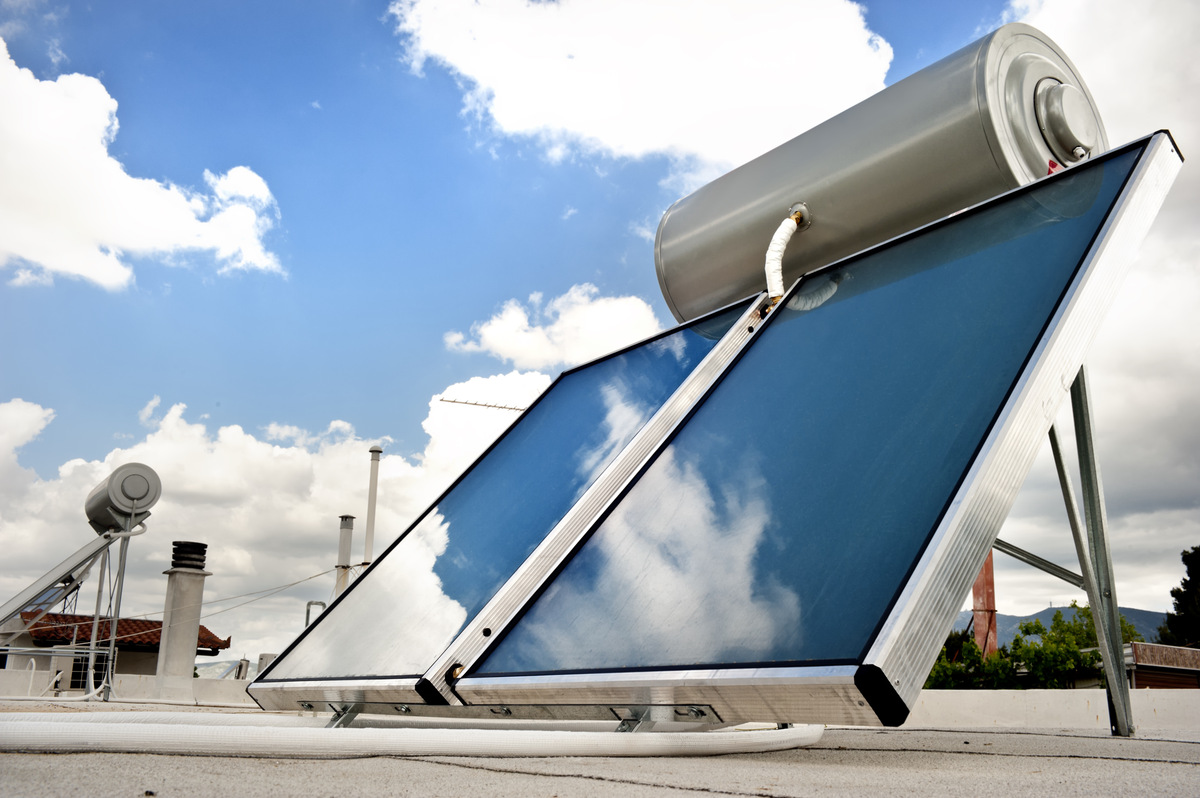
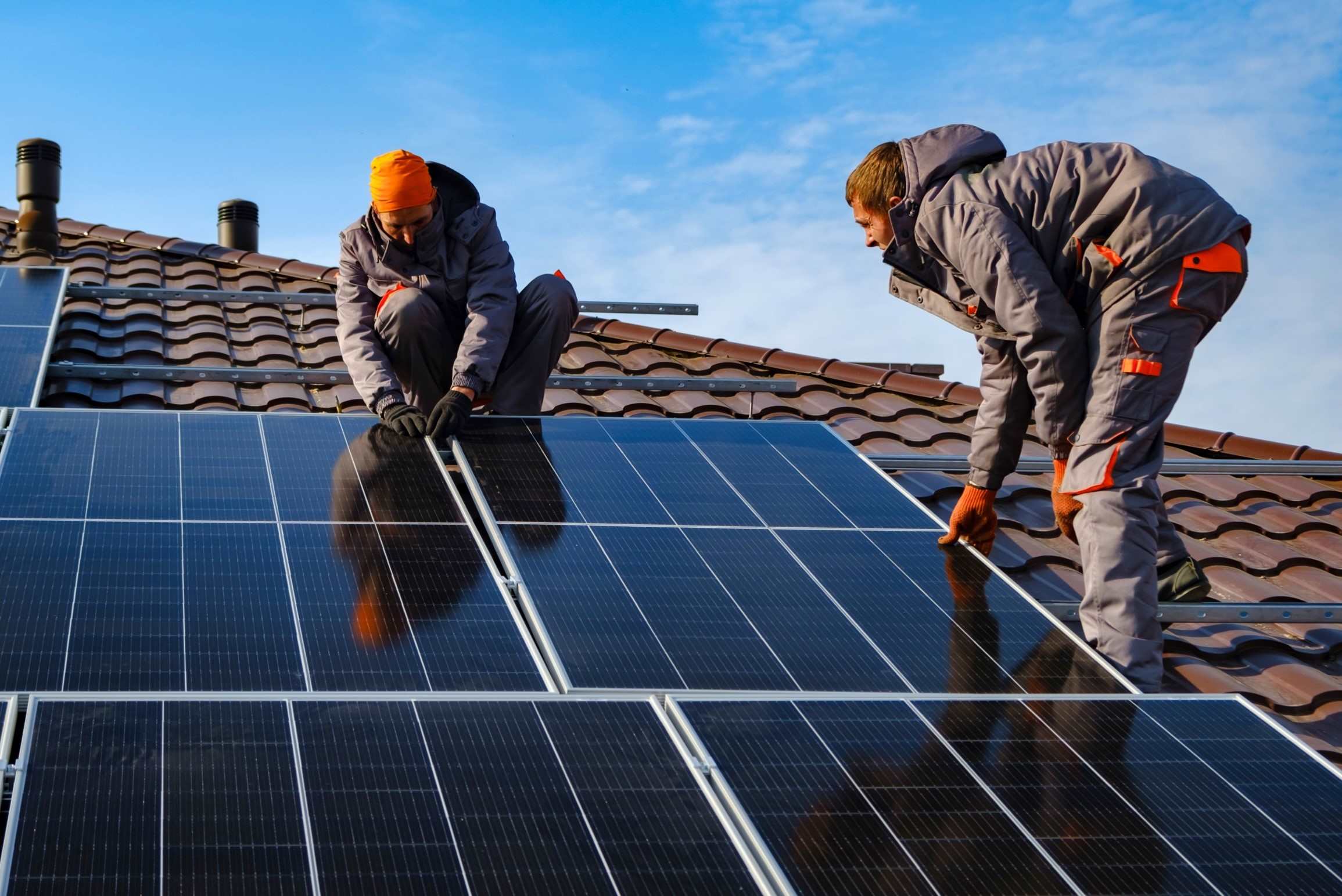
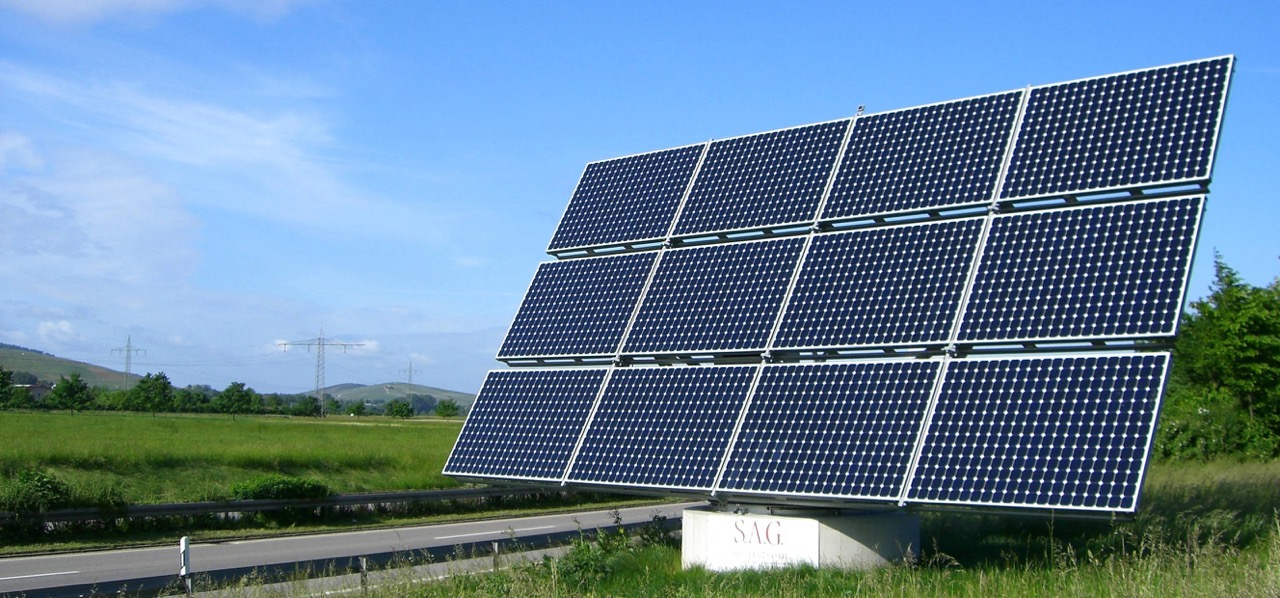
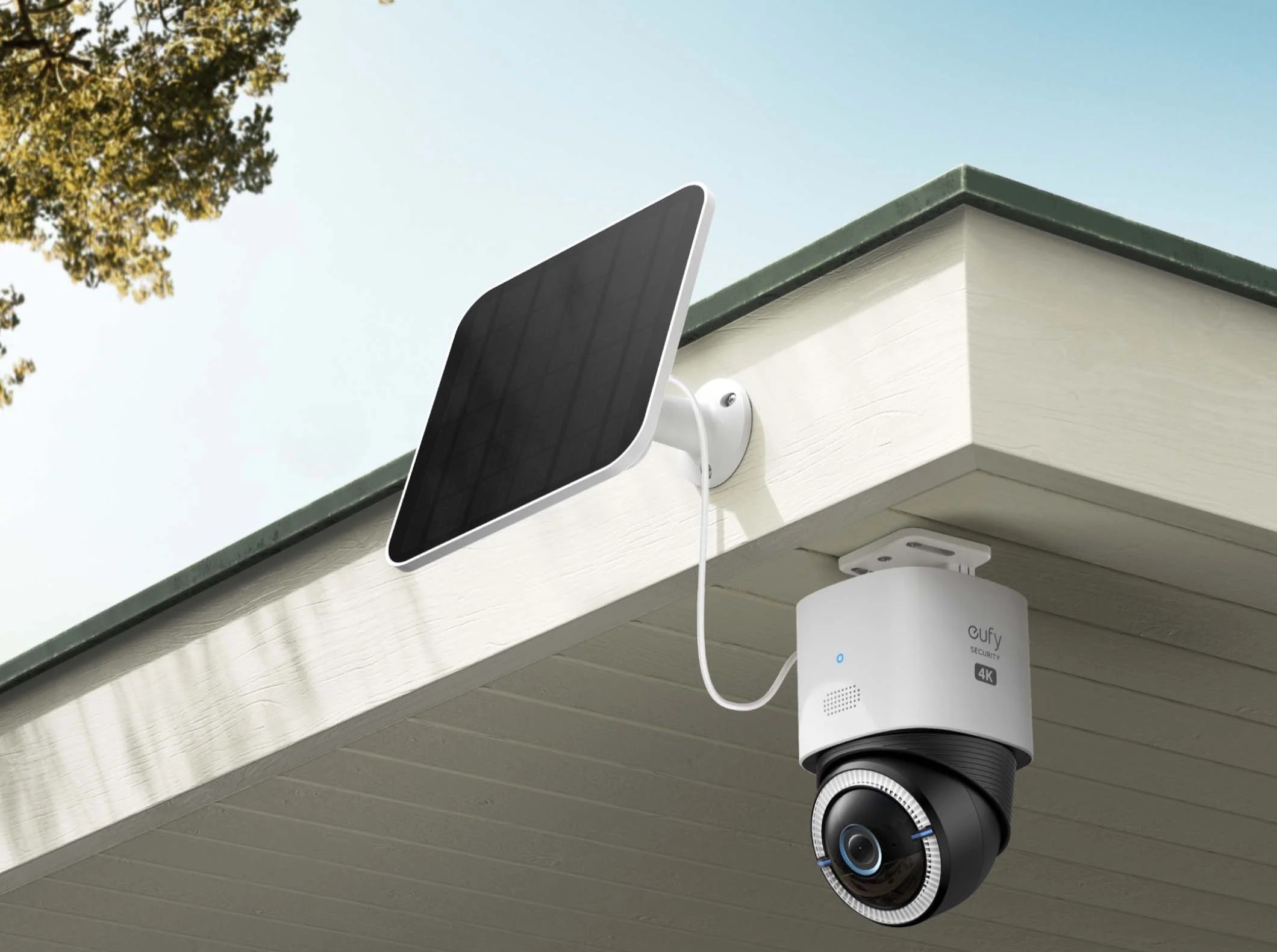

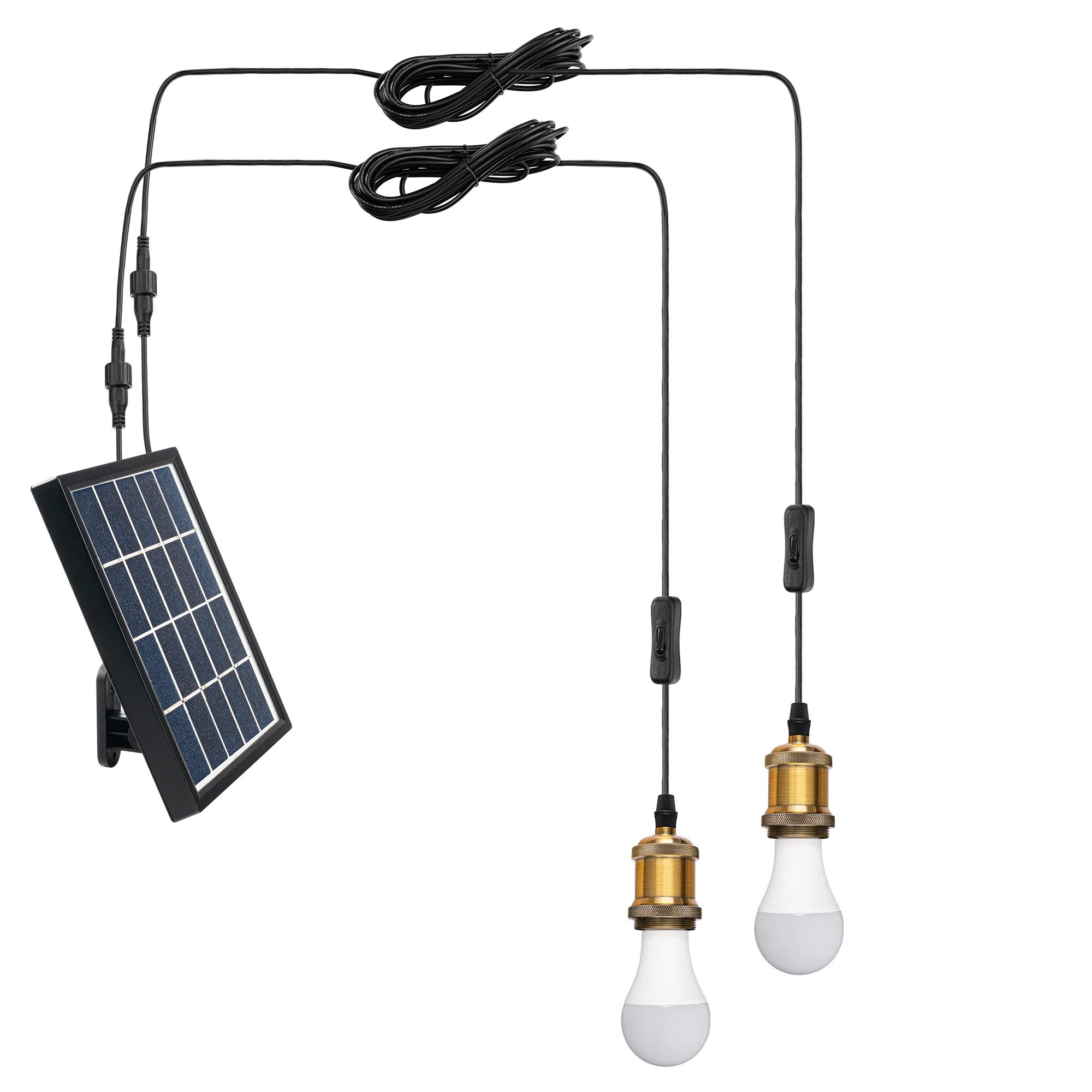

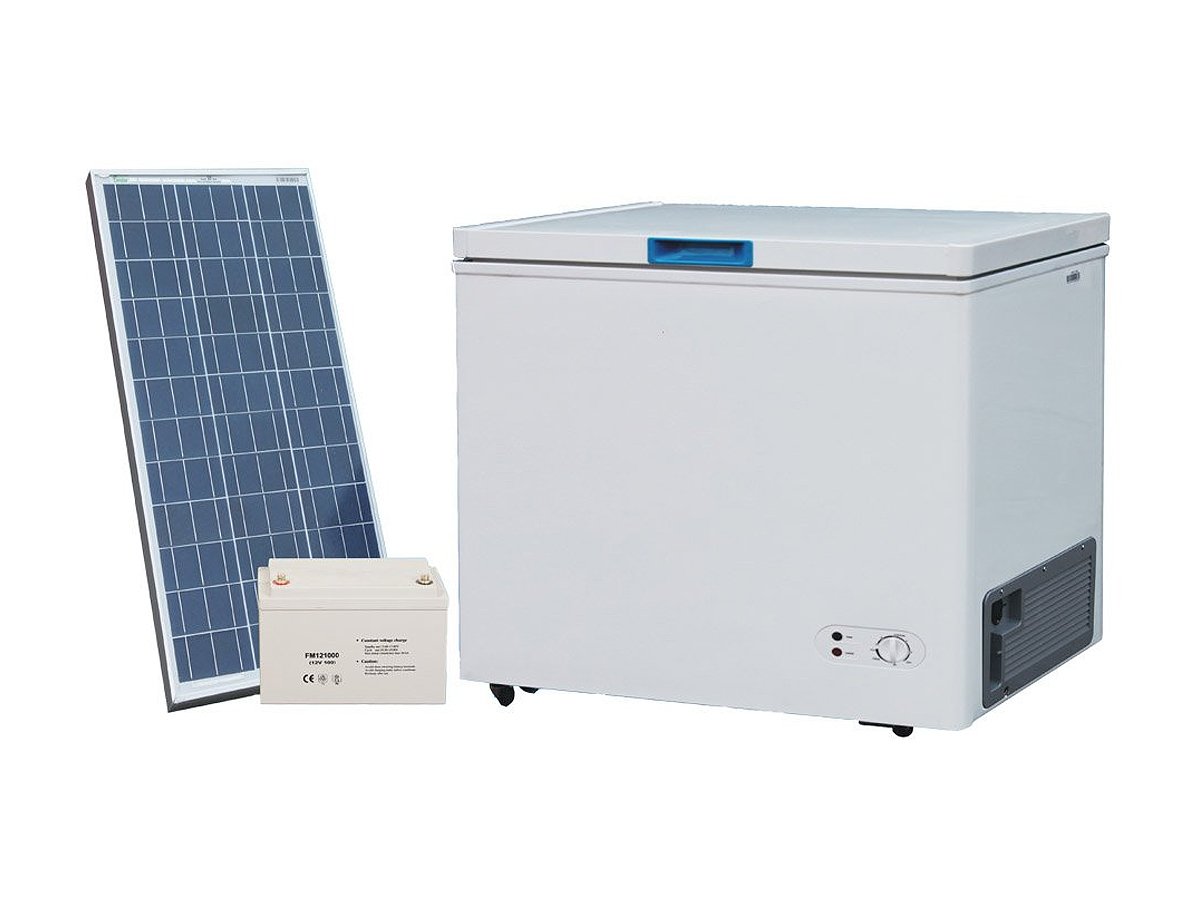

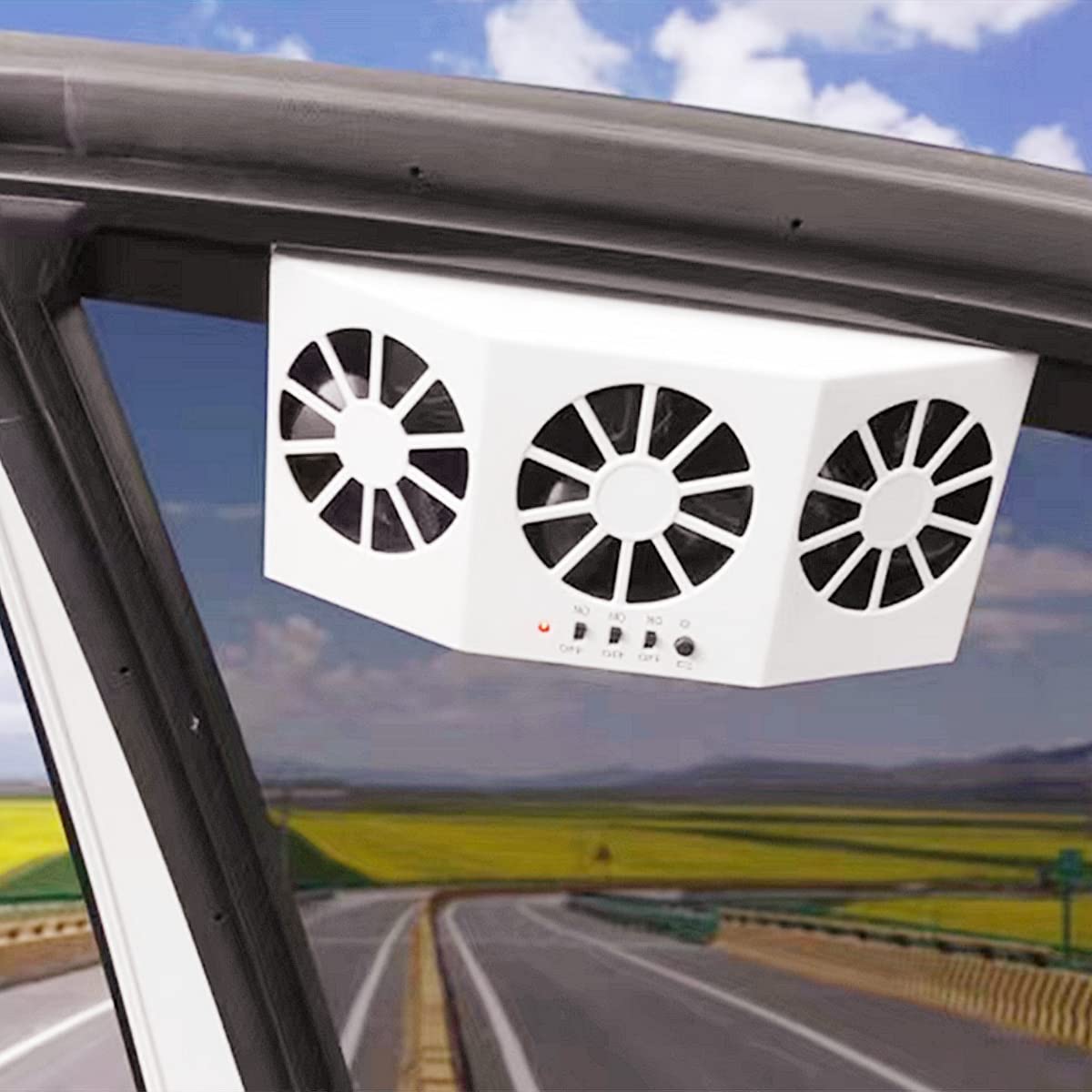
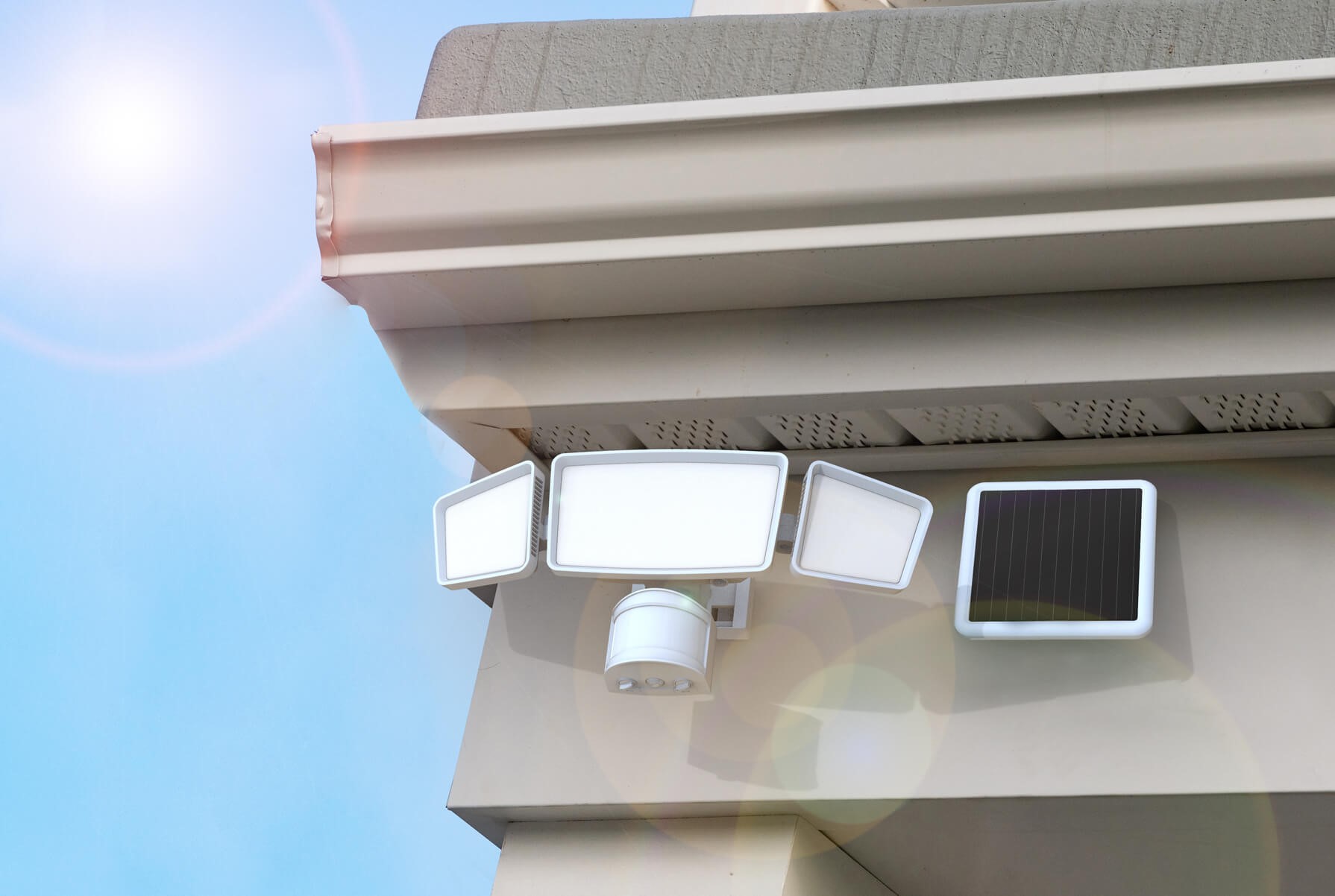
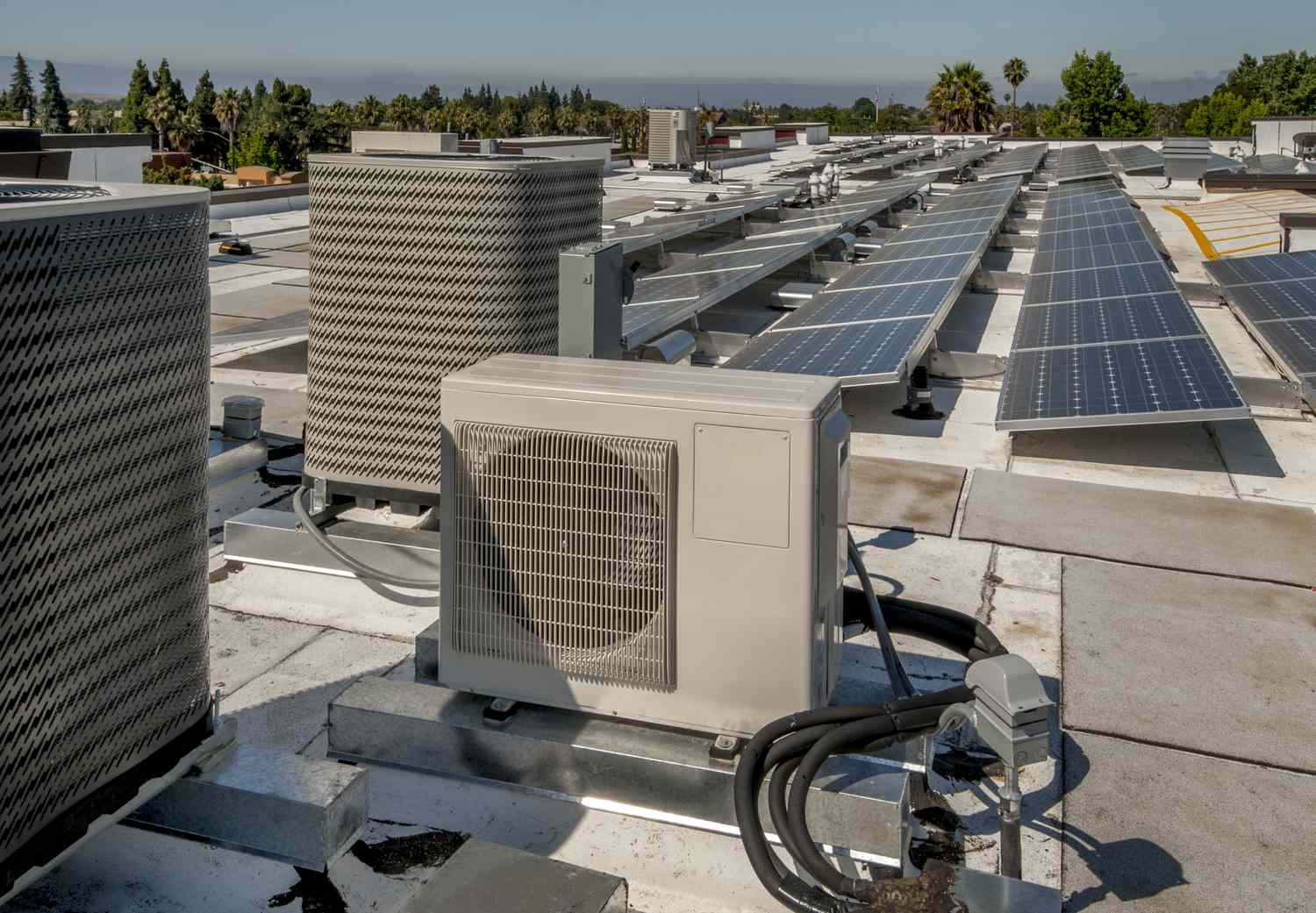
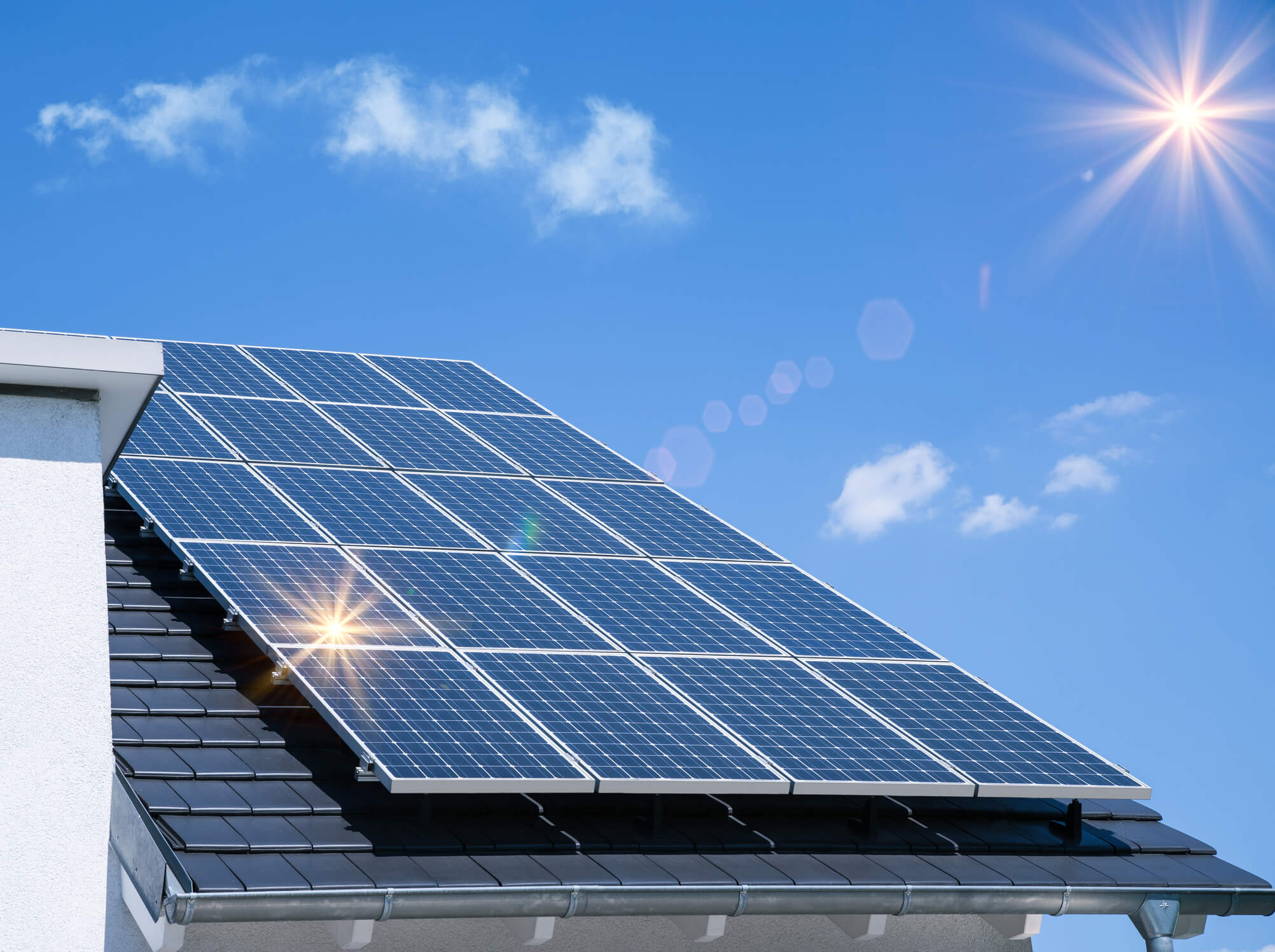

0 thoughts on “How To Store Solar Energy At Home”